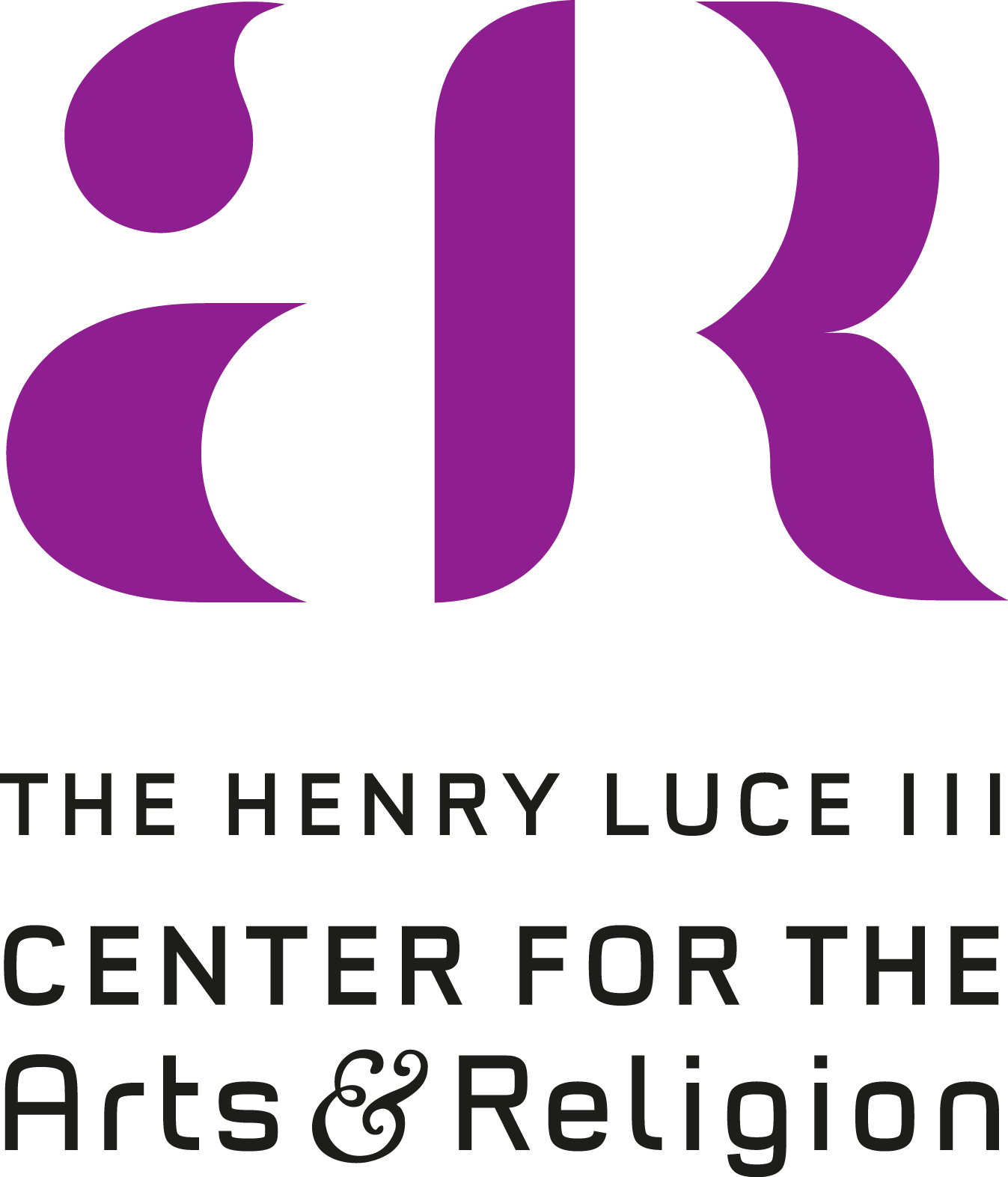Georgia Angelopoulos
Set Me As a Seal Upon Your Heart (Text in Greek of Song of Solomon 8:6-7), 2013
18” x 30”
Saunders Waterford Watercolour paper, Armenian Bole, Gouache, Acrylic ink, 23 carat Red Gold, 22 carat Moon Gold
A Greek-Canadian trained in the British calligraphic tradition, Angelopoulos is one of a handful of scribes attempting to resurrect the rich tradition of medieval Greek scripts for contemporary lettering arts. She brings these skills to bear on the Song of Songs, the love poetry of the Hebrew Bible which Jews and Christians have long read as speaking of God’s love for humanity. Angelopoulos treats these famous verses in which a young woman entreats her lover:
Set me as a seal upon your heart,
as a seal upon your arm;
for love is strong as death,
passion fierce as the grave.
Its flashes are flashes of fire,
a raging flame.
Many waters cannot quench love,
neither can floods drown it.
If one offered for love
all the wealth of one’s house,
it would be utterly scorned. (8:6-7)
The opening lines, “Set me as a seal,” refer to ancient practices of using seals to authenticate letters and mark one’s possessions. A seal was a very personal item with one’s own name. The woman is asking her beloved to imprint herself on his heart (his innermost self) and his arm (his strength and power). Angelopoulos visually renders this first verse using large Byzantine stylized capital letters in the shape of a circle—a calligram representing a seal. These letters are based on those found in medieval Greek manuscripts. They are stylized into geometric patterns, at times stacked atop one another. Their pattern of sharp angles and tall, narrow verticals seduces the eye even as it sacrifices in clear legibility. If “love is strong as death,” these letters are strong.
The form of the piece likewise echoes the verse: Angelopoulos drew inspiration from a medieval tomb door found in the Archaeological Museum of Thessaloniki. While that door closed in death, this door proclaims love’s dominion over death.
The second verse, starting with “Many waters cannot quench love,” is written around the calligram of the first. Angelopoulos employs a miniscule script, more informal, with letters flowing into one another in a cursive style. The flow and rhythm of these words suggests the imagery of waters and floods—which, try as they might, cannot put out the flame of love.
The backdrop of these piece is almost entirely in different kinds of gold leaf. As one moves around the image, the light shining off different parts of it (not very visible in photographs) suggests the poet’s “flashes of fire.” From a distance, the golden calligram even appears to be the sun haloed by the thin layer of the cursive verse. In Greek Orthodox tradition, gold always suggests the sacred art of icon-writing, in which gold represents the presence of God. This divine presence permeates all creation—and this work of art is a reminder of it.
—Homrighausen
Further Reading:
Angelopoulos’ works in the International Museum of Calligraphy
Angelopoulos, Georgia. “Greek Scripts.” In The World Encyclopedia of Calligraphy: The Ultimate Compendium on the Art of Fine Writing-History, Craft, Technique, edited by Christopher Calderhead and Holly Cohen, 70–75. New York, NY: Sterling, 2011.
Hart, Aidan. Beauty, Spirit, Matter: Icons in the Modern World. Leominster, Herefordshire, UK: Gracewing, 2014. (on gold in Greek icons)






